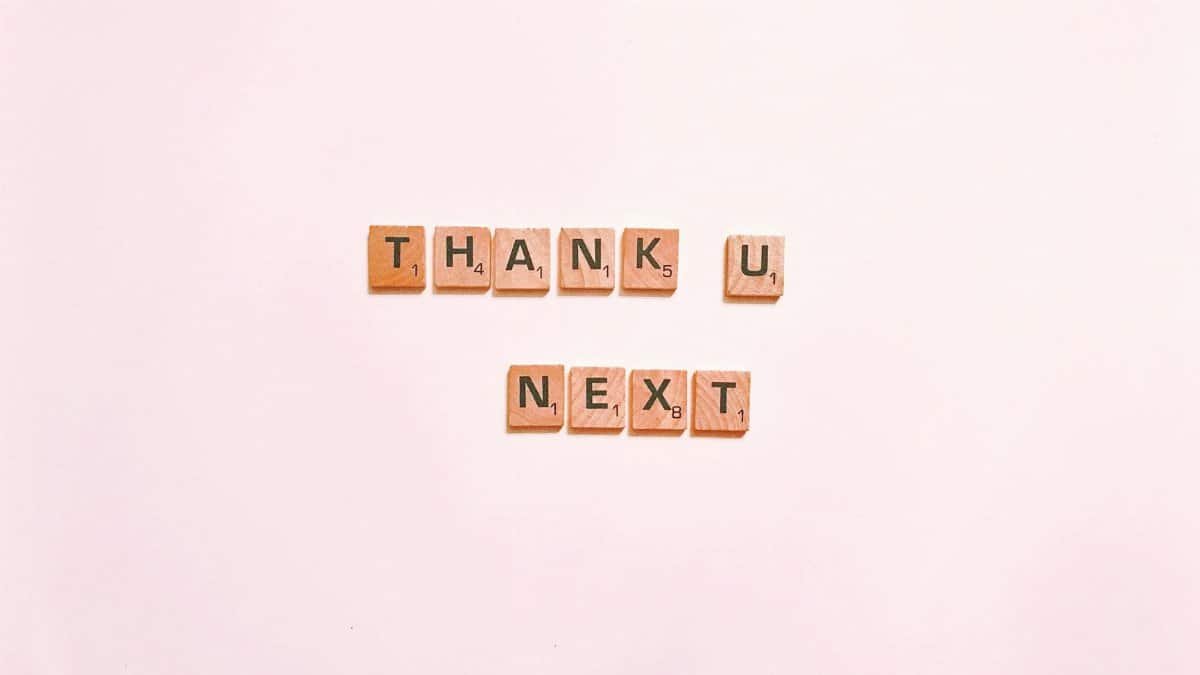Why do you keep falling into the same traps, even when you’ve sworn off them for good? It’s a question plaguing millions of Americans, from stressed-out executives to everyday folks chasing self-improvement. New data from a recent Pew Research survey reveals that 62% of adults admit to repeating harmful habits despite knowing better, often due to unchecked emotional imbalances. Enter balance healing, a rising approach in mindful living that promises to realign your inner equilibrium and break the cycle. But does it really work, or is it just another wellness fad? As we dive into 2025 trends, experts say it’s time to stop pretending and start healing.
The Root of Repetitive Mistakes
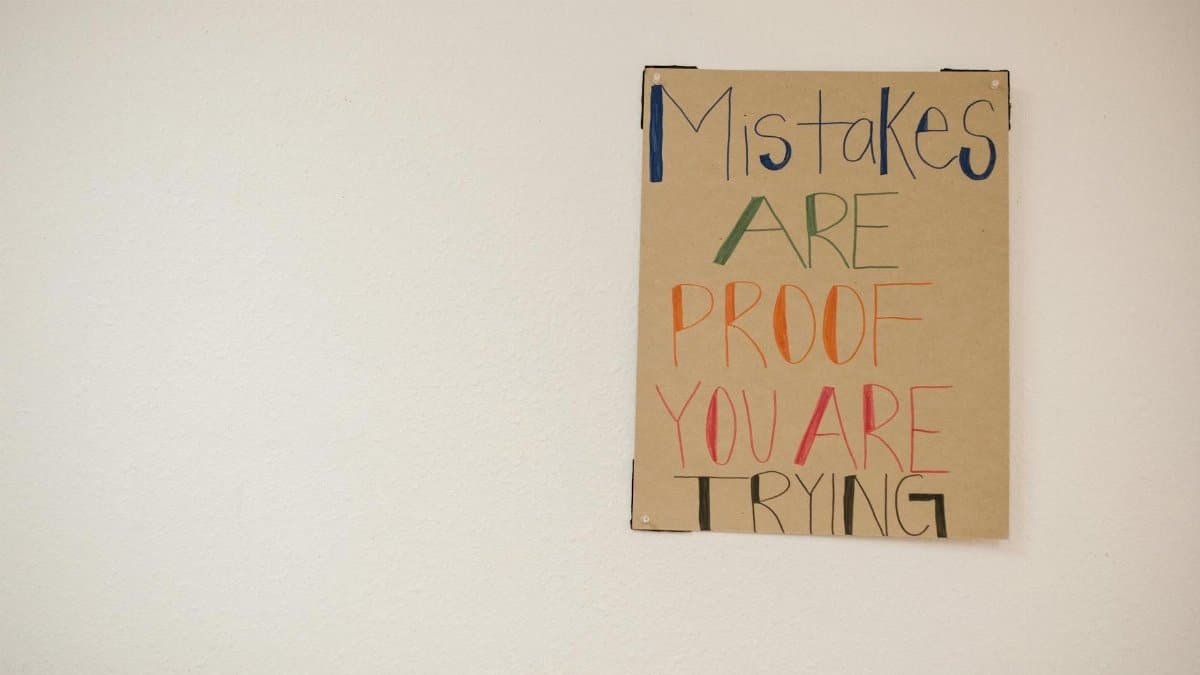
At the heart of why we repeat errors lies a disconnect between knowledge and action. You know smoking is bad, yet you light up during stress. You understand procrastination kills productivity, but deadlines still sneak up. This isn’t mere laziness; it’s often tied to emotional or psychological imbalances that balance healing aims to address. Therapists note that unresolved traumas or habitual thought patterns create loops, making change feel impossible. A study from the American Psychological Association highlights how cognitive dissonance plays a role, where our brains justify bad choices to avoid discomfort. By focusing on holistic realignment, balance healing encourages acknowledging these roots without judgment.
How Imbalance Fuels the Cycle

Imbalance isn’t just a buzzword; it’s the silent saboteur. When your mental, emotional, or physical states are out of sync, decision-making suffers. Think of it as a tilted scale: one side overloaded with anxiety, the other with denial. Research from Harvard Medical School shows that chronic stress disrupts prefrontal cortex function, the brain’s executive control center, leading to impulsive repeats of past mistakes. Balance healing steps in by promoting practices like meditation and journaling to restore equilibrium. Users report clearer thinking, but skeptics warn it’s no quick fix. In a nation where 40% battle anxiety per CDC stats, this approach is gaining traction for its practical edge.
Balance Healing Explained

Simply put, balance healing is the process of restoring harmony across mind, body, and spirit to prevent self-sabotage. It draws from mindfulness traditions, blending elements like yoga, therapy, and energy work to heal imbalances that cause repetitive errors. Unlike traditional self-help, it emphasizes acceptance over force. A report from the National Institutes of Health outlines how such integrative methods reduce relapse in habit formation, with participants showing 25% better outcomes in behavior change. For those stuck in mistake loops, it starts with identifying triggers, then rebuilding through daily rituals. In 2025, apps and workshops are making it more accessible than ever.
Common Triggers You Ignore
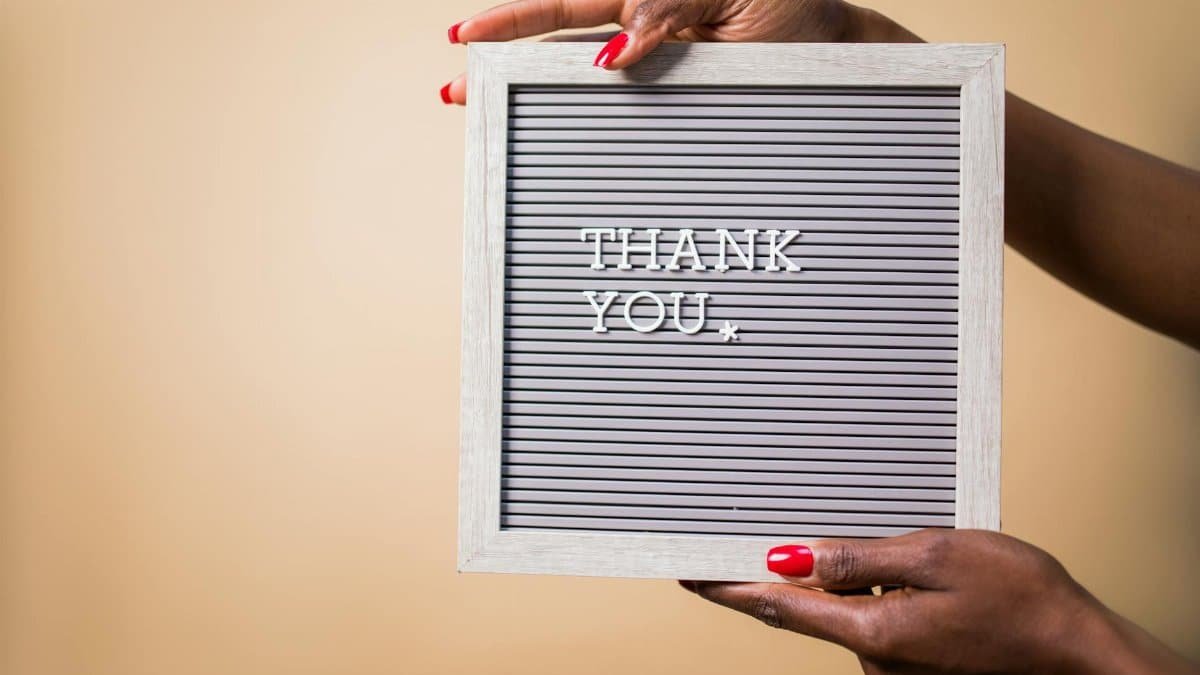
Triggers lurk in plain sight, often dismissed as minor. Emotional fatigue from work overload, unprocessed grief, or even social media comparisons can push you back to old patterns. Experts at the Mayo Clinic point out that ignoring these leads to “error repetition syndrome,” a informal term for habitual slip-ups. Balance healing counters this by teaching trigger awareness through mindfulness exercises. One study in the Journal of Positive Psychology found that daily reflection cuts mistake recurrence by 30%. Real people, like a New York teacher who kept overcommitting, credit it for finally saying no. The key? Spotting the imbalance before it spirals.
Practical Steps to Start Healing

Getting started with balance healing doesn’t require a guru. Begin with a simple audit: track one week of decisions and note emotional states. Incorporate breathing techniques to center yourself during high-stress moments. Tools like guided apps from reputable sources can help. For instance, the Cleveland Clinic recommends progressive muscle relaxation to ease physical tension tied to mental loops. Combine this with setting micro-goals, like pausing before reacting to a trigger. Data from a UCLA wellness study shows consistent practice yields results in as little as two weeks, helping users avoid the “know better, do worse” trap.
The Role of Mindfulness in Breaking Free
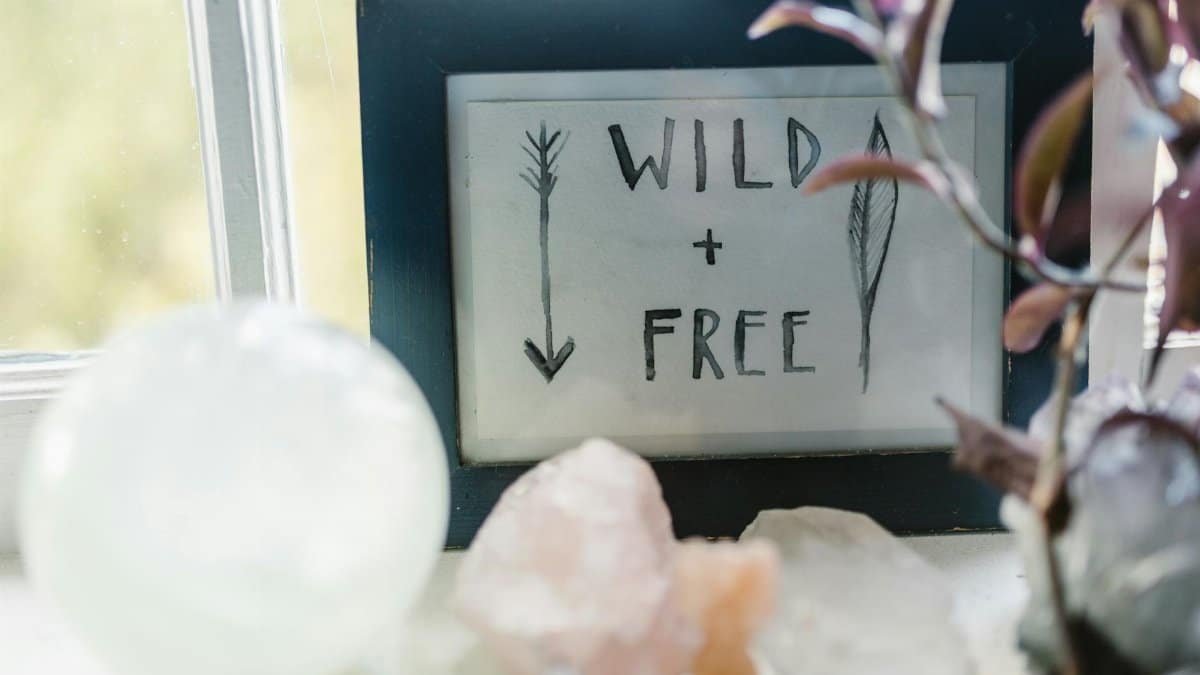
Mindfulness is the backbone of balance healing, training you to observe thoughts without autopilot engagement. When you know better but act otherwise, it’s often because autopilot overrides logic. Programs inspired by Jon Kabat-Zinn’s work, as detailed in resources from the University of Massachusetts Medical School, emphasize present-moment awareness to disrupt cycles. A 2023 meta-analysis in JAMA Psychiatry linked mindfulness to reduced impulsivity in 70% of participants. In mindful living circles, this translates to fewer repeated mistakes, from relationship blunders to financial faux pas. As U.S. trends shift toward mental health in 2025, it’s becoming a go-to strategy.
Real Stories of Transformation
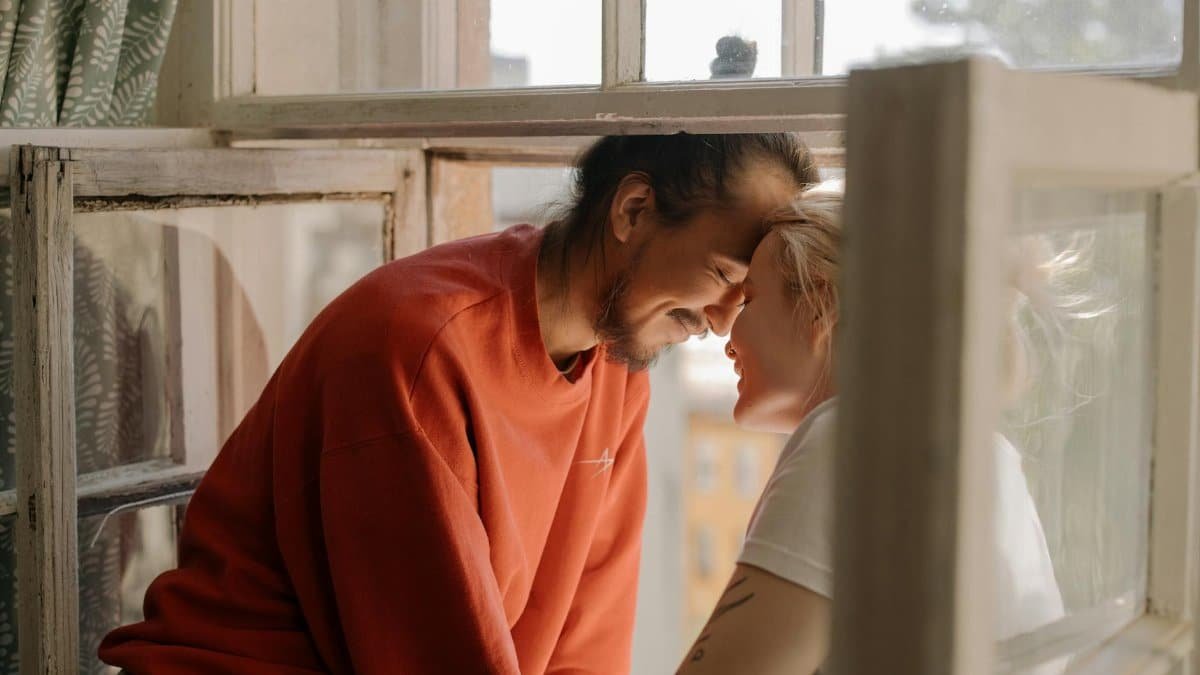
Take Mark T., a Chicago accountant who repeatedly overspent despite budgeting knowledge. “I knew the math, but emotions won every time,” he says. Through balance healing sessions, he addressed underlying insecurity, leading to six months mistake-free. Similar tales emerge nationwide, backed by anecdotal evidence in wellness forums. A survey by the Substance Abuse and Mental Health Services Administration indicates that holistic approaches like this aid 55% of adults in habit reform. These snapshots show it’s not hype; it’s about realigning to live intentionally.
Challenges and How to Overcome Them
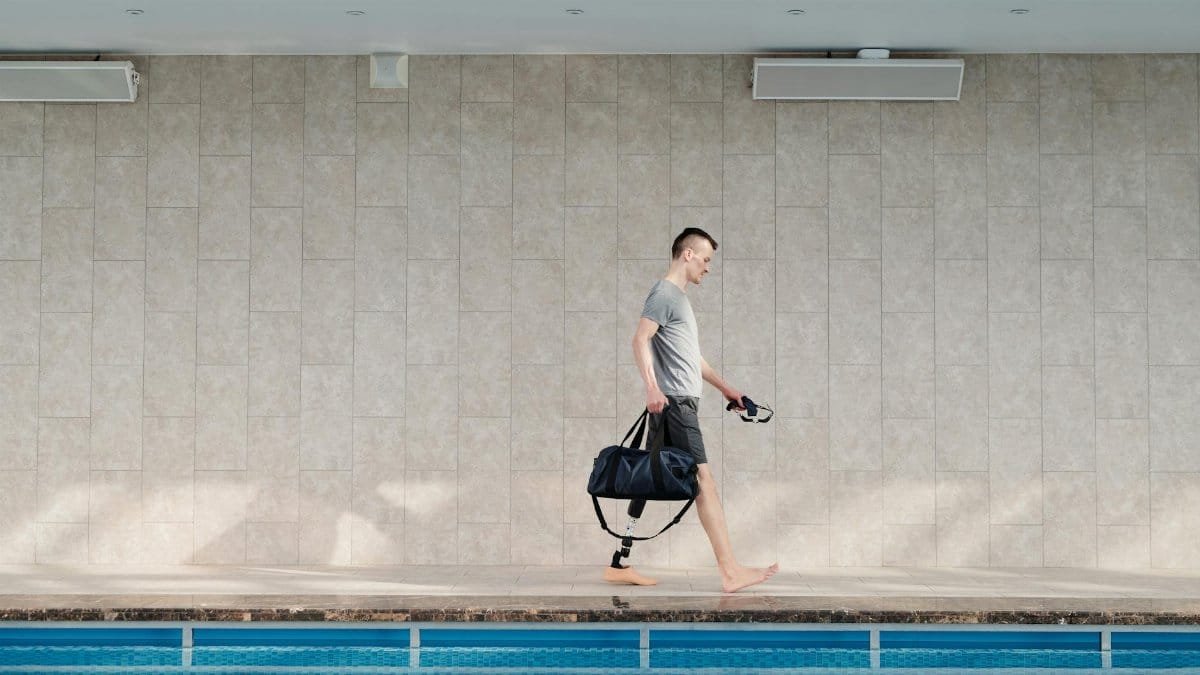
No path is smooth. Skepticism, time constraints, and initial discomfort often derail balance healing efforts. Many quit when old habits resurface, mistaking setbacks for failure. To push through, experts suggest accountability partners or professional guidance. The American Journal of Lifestyle Medicine reports that combining therapy with balance practices boosts success rates to 65%. Address doubts by starting small, and remember: healing isn’t linear. In a fast-paced world, these hurdles are common, but persistence pays off for those committed to change.
Why It Matters Now More Than Ever
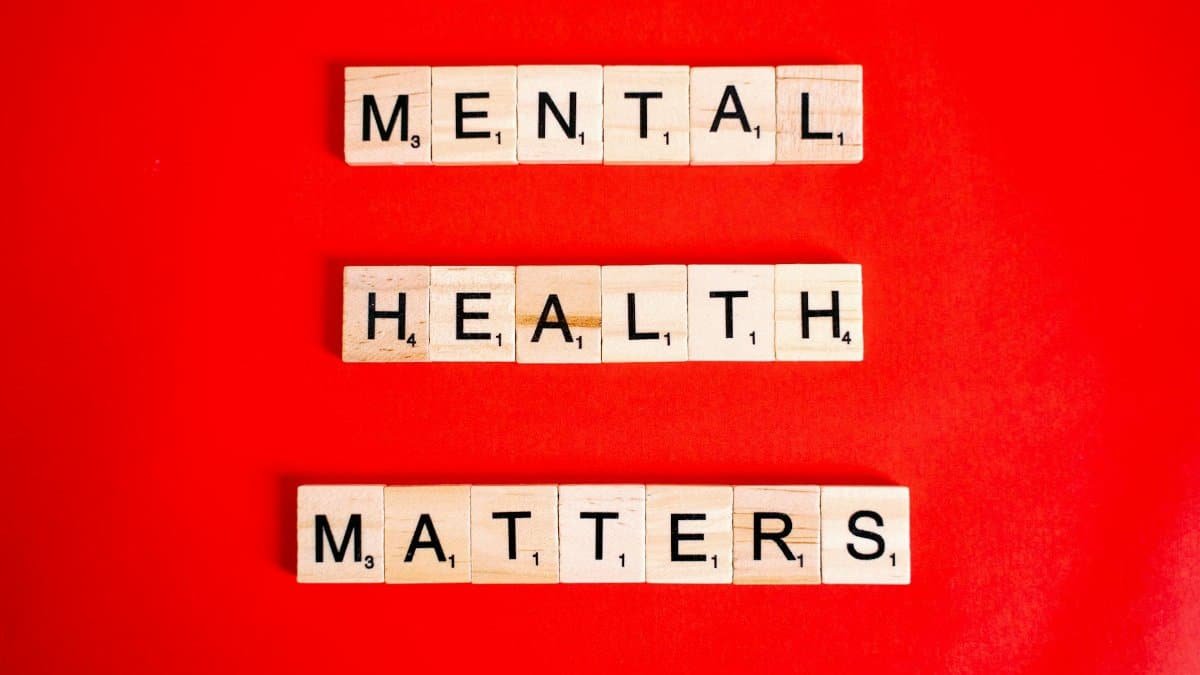
In 2025, with rising mental health awareness, ignoring repetitive mistakes isn’t an option. Economic pressures and digital overload amplify imbalances, per findings from the Pew Research Center. Balance healing offers a timely antidote, fostering resilience amid chaos. It’s not about perfection but progress, helping you align actions with knowledge. As more Americans seek mindful living, this approach could redefine personal growth, turning chronic errors into lessons learned.
Final Steps Toward Lasting Change
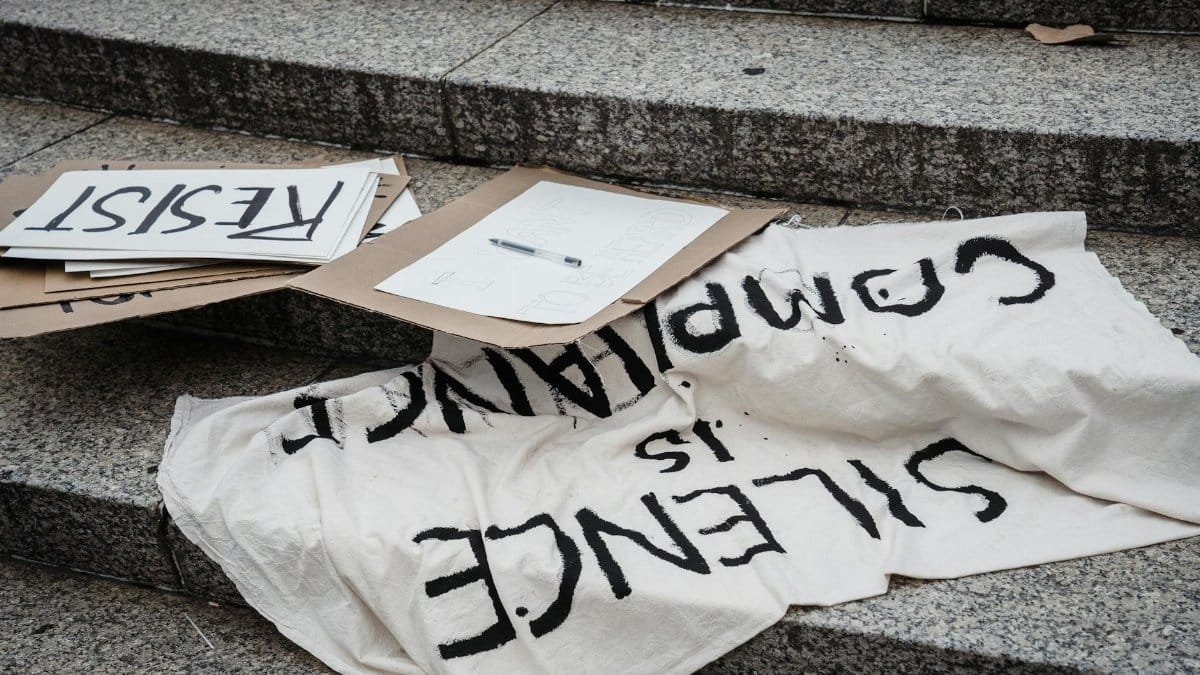
Ready to break the cycle? Commit to one balance healing technique today, like evening reflections or balanced nutrition to support mental clarity. Track progress weekly, adjusting as needed. Resources from the National Institute of Mental Health provide evidence-based tips on integrating mindfulness. With consistent effort, you’ll notice fewer repeats, proving that knowing better can finally lead to doing better. It’s the edge you need in a world full of pitfalls.
